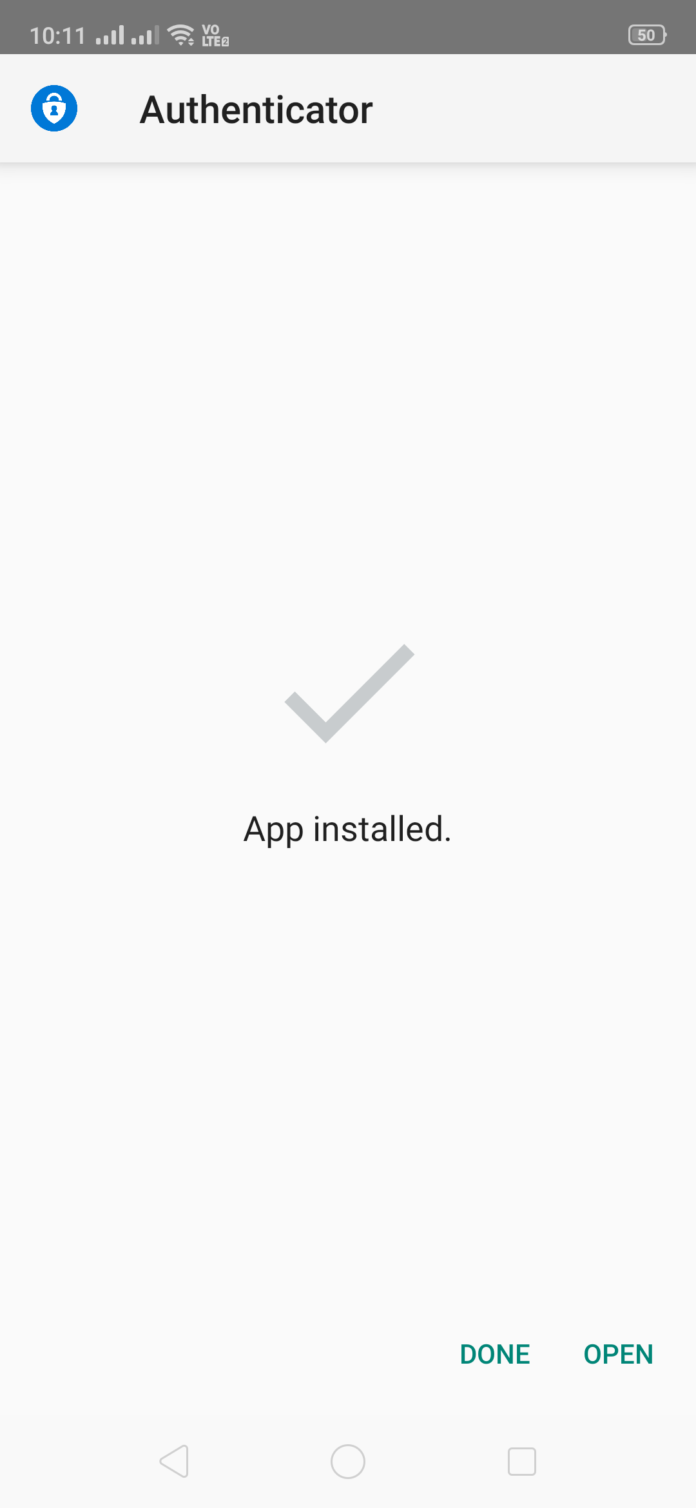

Microsoft Authenticator will send your phone a test push notification. On your computer, click the Next button.On your phone, Microsoft Authenticator may prompt about the App Lock feature.Using your phone, scan the QR code that is being displayed on your computer screen:.If prompted by your phone, allow Authenticator to take pictures:.Your computer screen will display a QR code.On your phone, open the Authenticator app and agree to the Privacy agreement, if prompted.On your computer, click the Next button:.On your phone, visit your app store and install the Microsoft Authenticator app.From the pulldown menu, choose Authenticator App, and then click the Add button:.Under Security Info, click on Update info:.Using a laptop or desktop computer, go to.To enroll Microsoft Authenticator follow these steps:

If you have yet to enroll in MFA at all, please consult the article in the Related Articles sidebar instead. The instructions below are meant for those who have already enrolled at least one other method (ie, phone number) successfully. More information and a step-by-step plan can be found in the helpdesk portal.This article explains how to enroll Microsoft Authenticator as an additional multifactor authentication (MFA) method for the first time.

Staff who are guests of the university may not have automatic access to Office 365 and OneDrive. These conditions for use are on the Helpdesk Portal. The use of OneDrive is bound to conditions for use and only intended for data that are not confidential and do not contain personal data. the ease of working together online – and saving travel and time.the possibility to securely save files from your university workstation (P drive) to OneDrive.the possibility to work with Office applications via the online Office portal or with apps on a smartphone or tablet.Office 365 and OneDrive offer various options for working from various locations and on different devices.


 0 kommentar(er)
0 kommentar(er)
